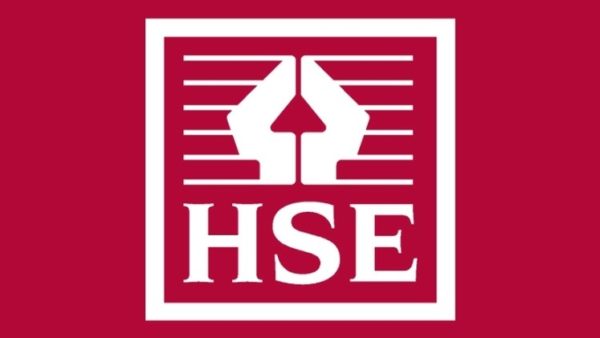BIM for Housing Associations programme manager Su Butcher sat down with CM to explain how she is helping the sector improve their information management – and the challenges they face.

How did you first get involved with BIM4HAs?
I was approached by Jack Ostrofsky during a meeting of the Industry Response Group (set up by the Construction Industry Council, Build UK and Construction Products Association in response to Grenfell) – this was before Dame Judith Hackitt produced her report.
Jack knew of my work with the UK BIM Alliance and brought me in to help develop BIM for Housing Associations (BIM4HAs). My unusual mix of experience in the BIM and manufacturing communities made me a good fit.
How do you work with housing associations?
I coordinate the leadership team, which consists of representatives from different housing associations. I develop and update the BIM4HAs toolkit by bringing together groups of asset managers, developers and consultants from the housing associations to provide input and requirements.
What are you trying to achieve at BIM4HAs?
BIM4HAs’ main goal is to encourage better information management in housing associations. Specifically, we aim to help housing associations implement BIM processes and principles to improve how they procure and manage building information, as well as bridge the gap between construction industry BIM practices and the needs of housing association asset managers.
We do this by developing free, practical tools and resources in the BIM4HA’s toolkit to guide different roles within housing associations in adopting better information processes.
We also encourage wider adoption of BIM and information management across the many thousands of housing associations in the UK. To achieve this, we address the challenges they face, like ensuring information transfers between development and asset management teams within associations.
In a nutshell, we work to translate BIM concepts into practices that are tailored and accessible for housing associations to enhance how they manage safety information and other asset data.

Where are housing associations in terms of BIM adoption and information management processes?
This is an ongoing journey for most housing associations. Larger ones tend to use BIM more on big projects worked on by large contractors. However, adoption across housing associations overall is still relatively small. The toolkit developed by BIM4HAs has helped increase adoption for some larger housing associations that funded the toolkit’s development. However, full adoption takes time and resources as it requires changes to information processes and training.
How do Grenfell, the Building Safety Act and the golden thread affect housing associations’ thinking?
They have all put pressure on housing associations to better understand their built assets and improve information management. Grenfell was a key motivator for BIM4HAs to develop their toolkit. The emerging legal framework around building safety since the Grenfell tragedy in 2017 has also influenced the toolkit’s development.
Housing associations are aware of increasing regulations around building safety. The golden thread concept of maintaining information throughout a building’s lifecycle is something one of the BIM4HAs leaders was involved with. All these factors have affected housing associations’ thinking and driven them to improve how they manage asset information.
Where are you seeing the most progress?
The housing associations that are making the most progress in adopting BIM and improved information management processes are the larger housing associations that funded the toolkit’s development. Some of them, like Southern Housing Group, have used parts of the BIM4HAs toolkit and have brought in outside data specialists to help with their information systems.
Benefits of the toolkit include the ability to use the documents tailored to different roles – like CEOs reviewing the business case or asset managers using the information requirements. Asset managers from more than 40 housing associations helped develop the asset information model by reviewing and providing input on the data fields and relationships. The implementation plan and scope of services document help housing associations assign responsibilities for BIM implementation. A data dictionary pilot on doors provides a template for standardising asset data capture.
The toolkit has had a couple thousand downloads, but there is no way we can track actual usage levels.
What are the challenges that remain ahead?
Key challenges that remain include scaling adoption across the large number and varied sizes of housing associations, along with the organisational change management effort required
There are varying levels of adoption across the many thousands of housing associations in the UK, with smaller associations potentially less aware. The time, resources and training required for organisations to change their established information processes is also a challenge.
Housing associations still need to ensure that information can be effectively transferred between development and asset management teams, as well as choosing or customising suitable software that can accommodate all the required asset information fields.
They are also on a journey to address broader information management challenges beyond just building safety, such as resident engagement, maintaining property conditions and dealing with issues like damp or mould. Housing associations can use improved information management to help address challenges like this by using sensor data to better monitor properties and identify damp issues early.
From our side, we need to track adoption levels among housing association members to better target support.











